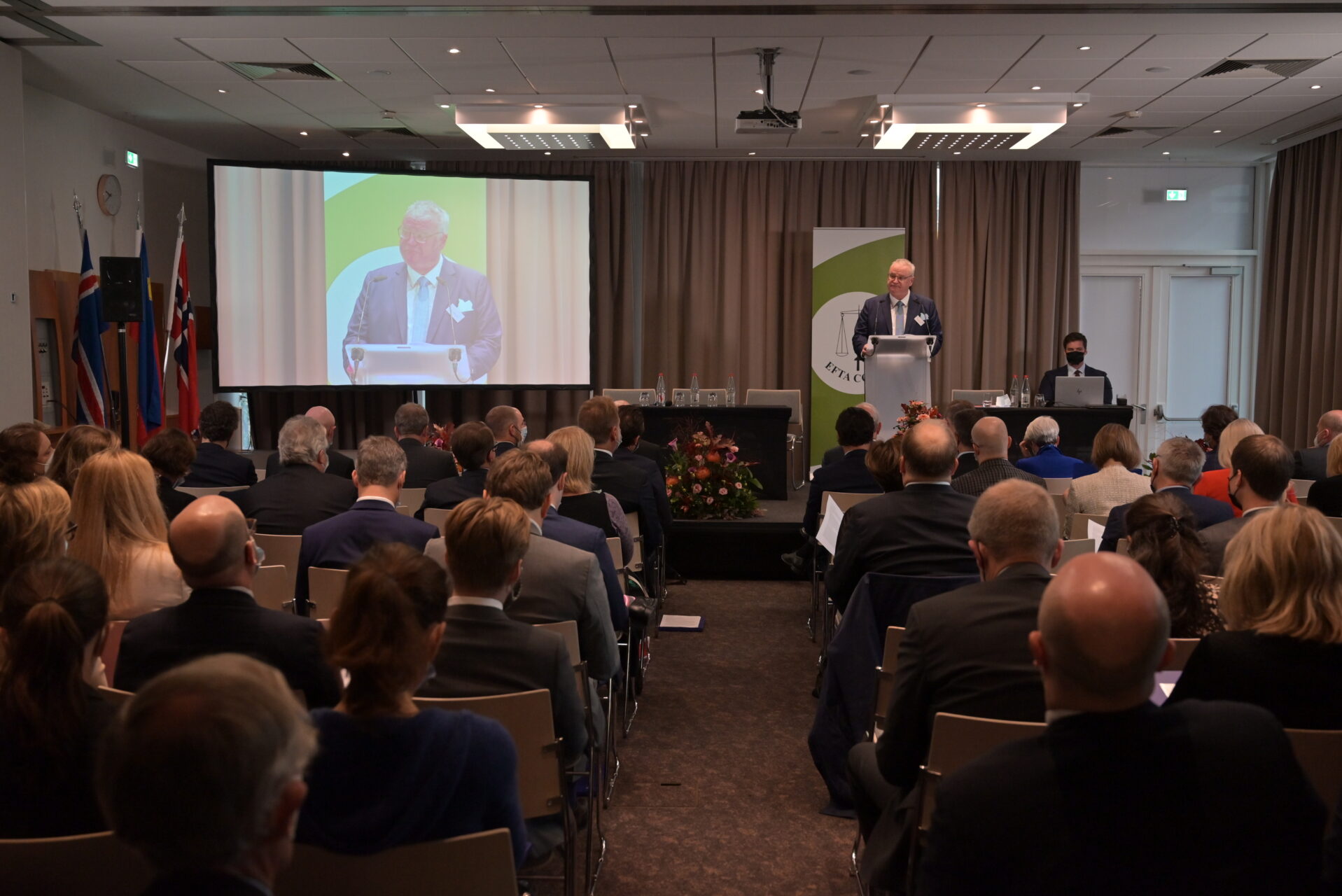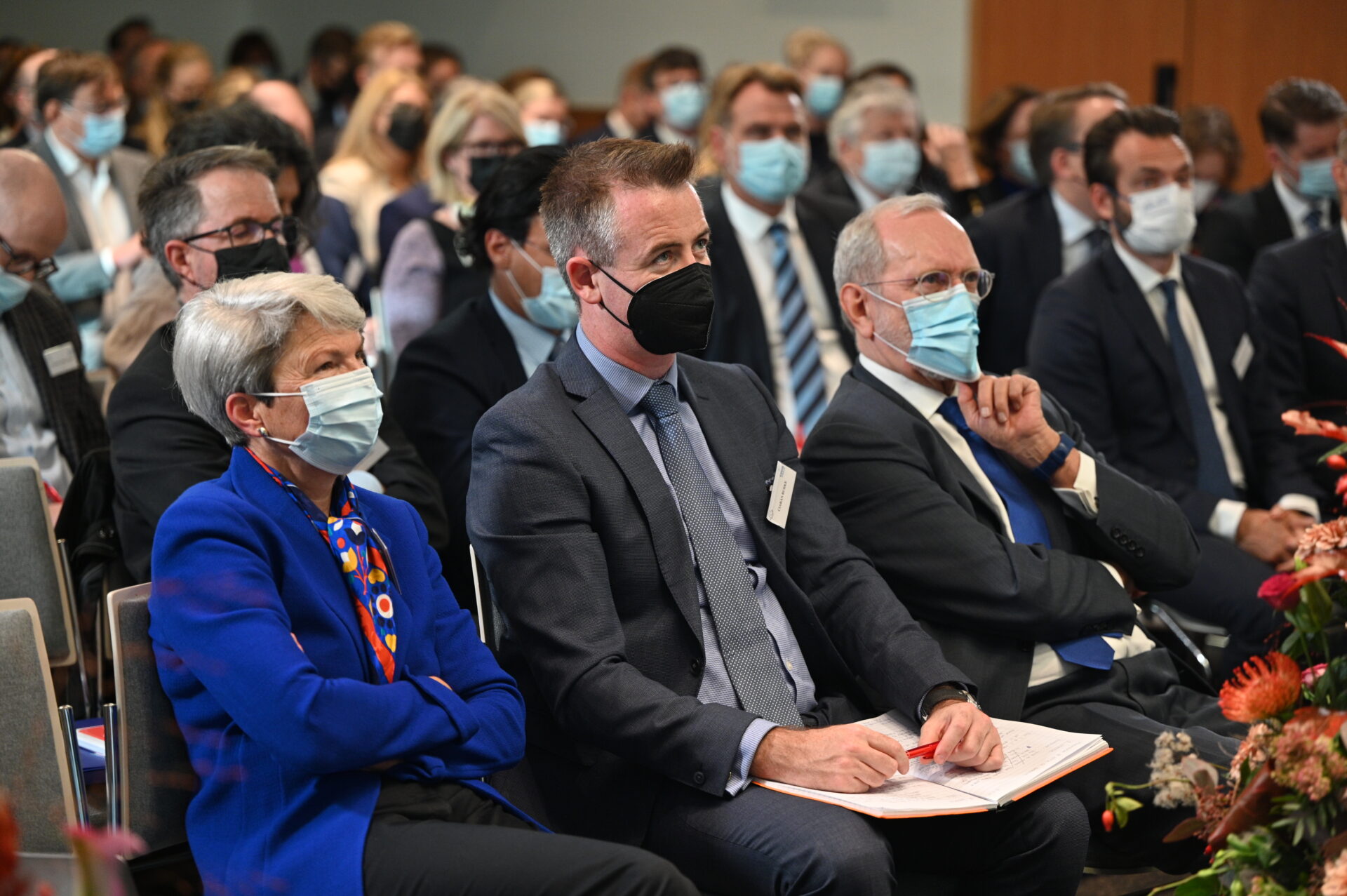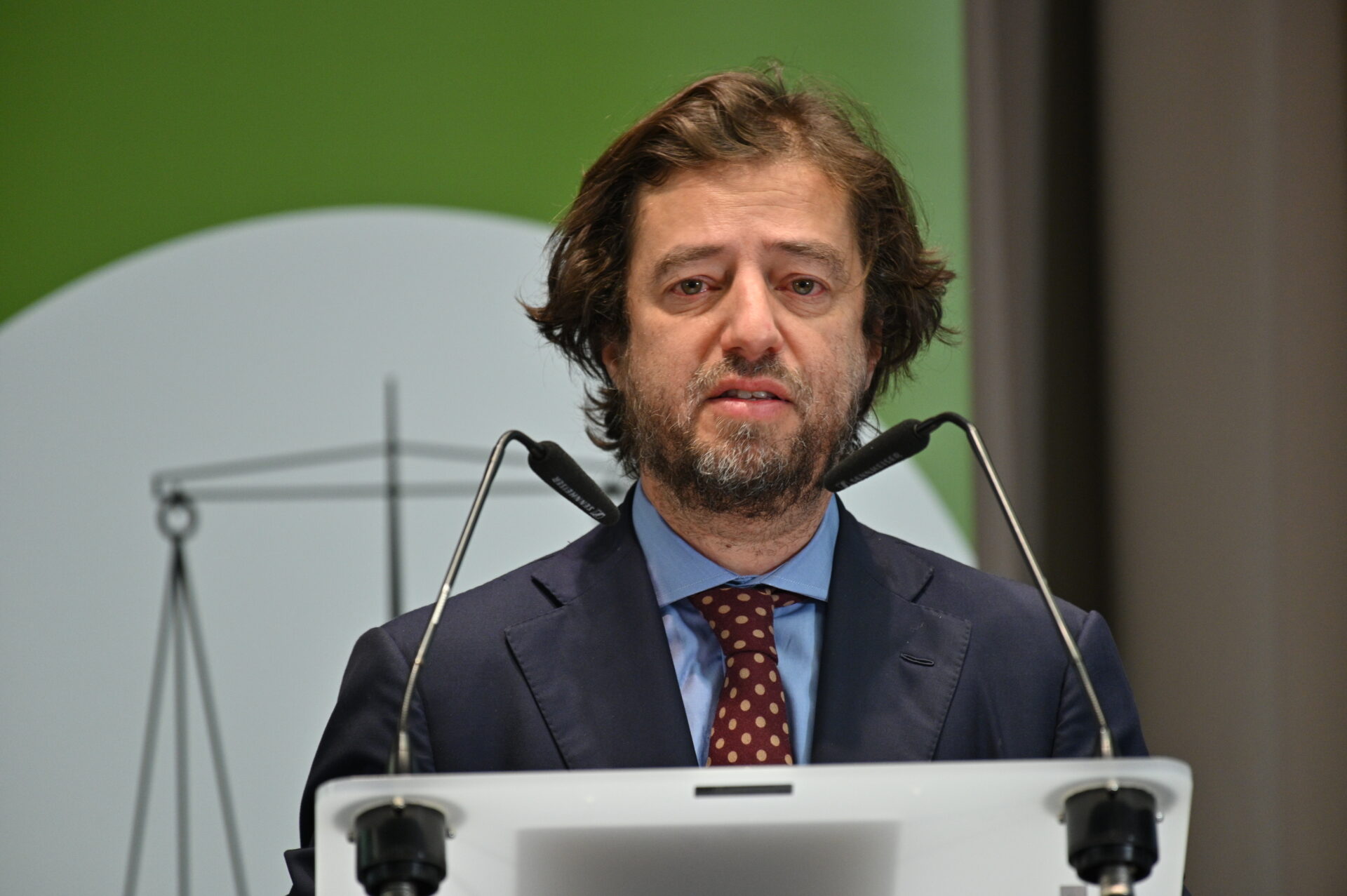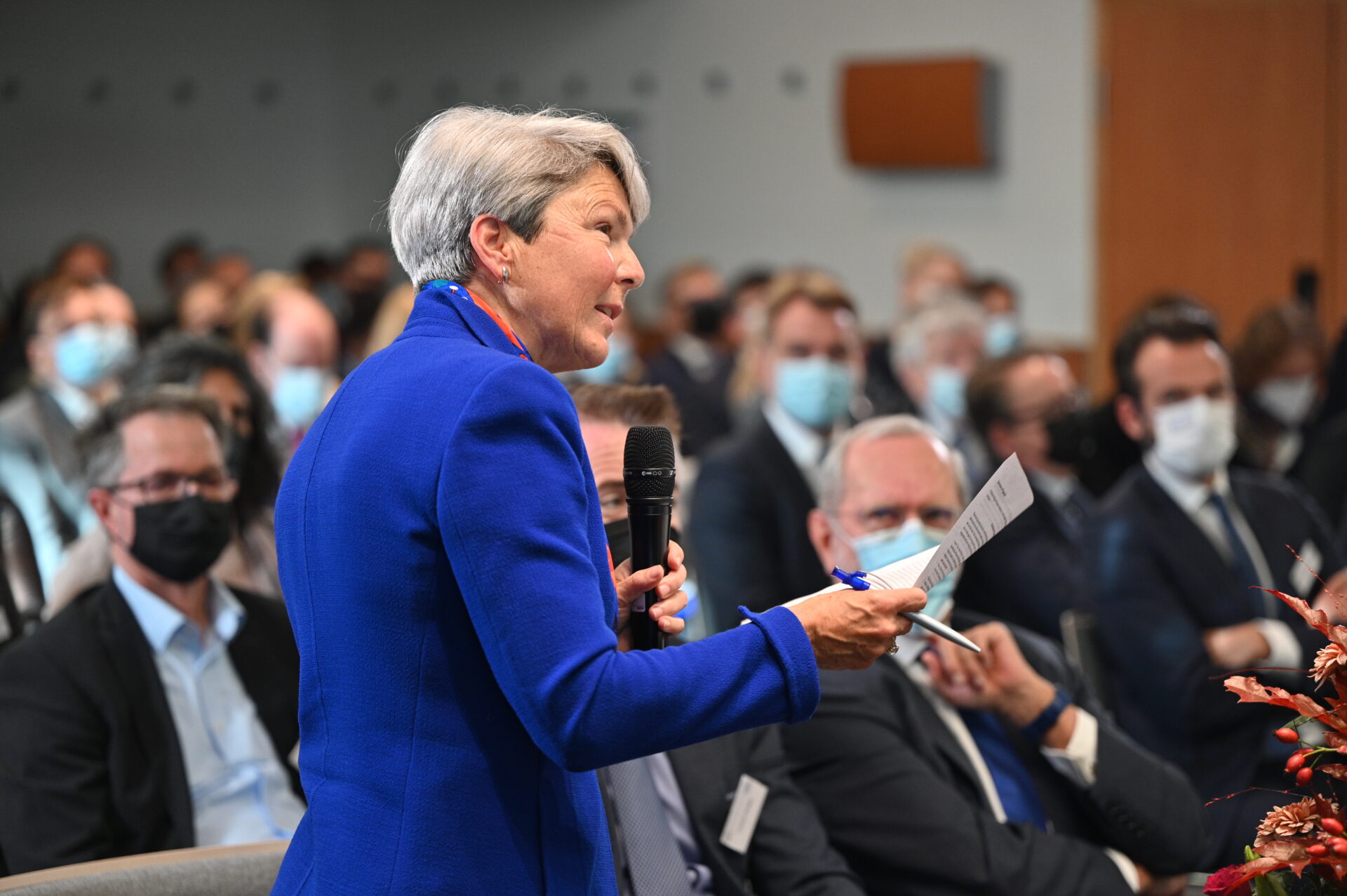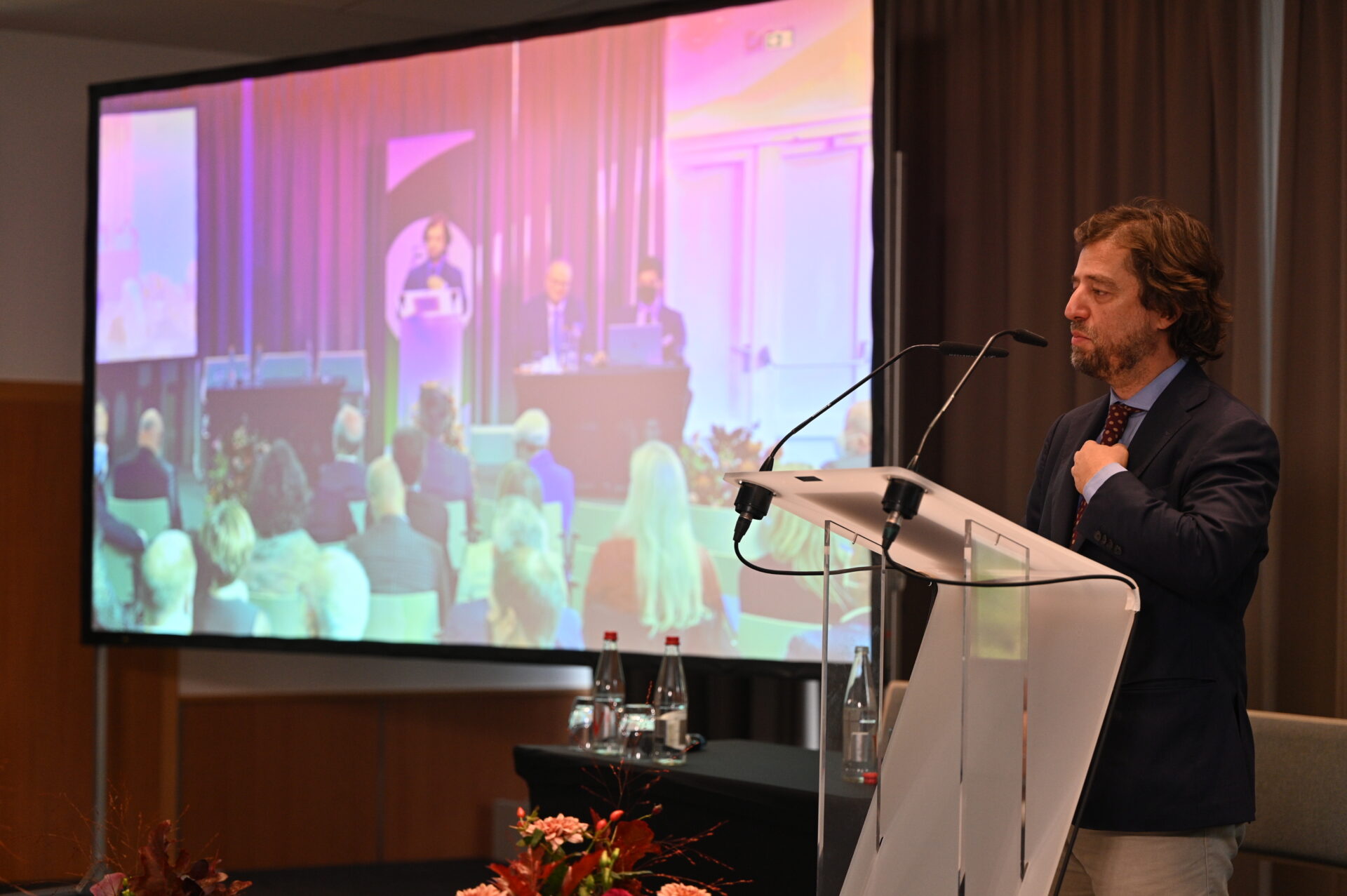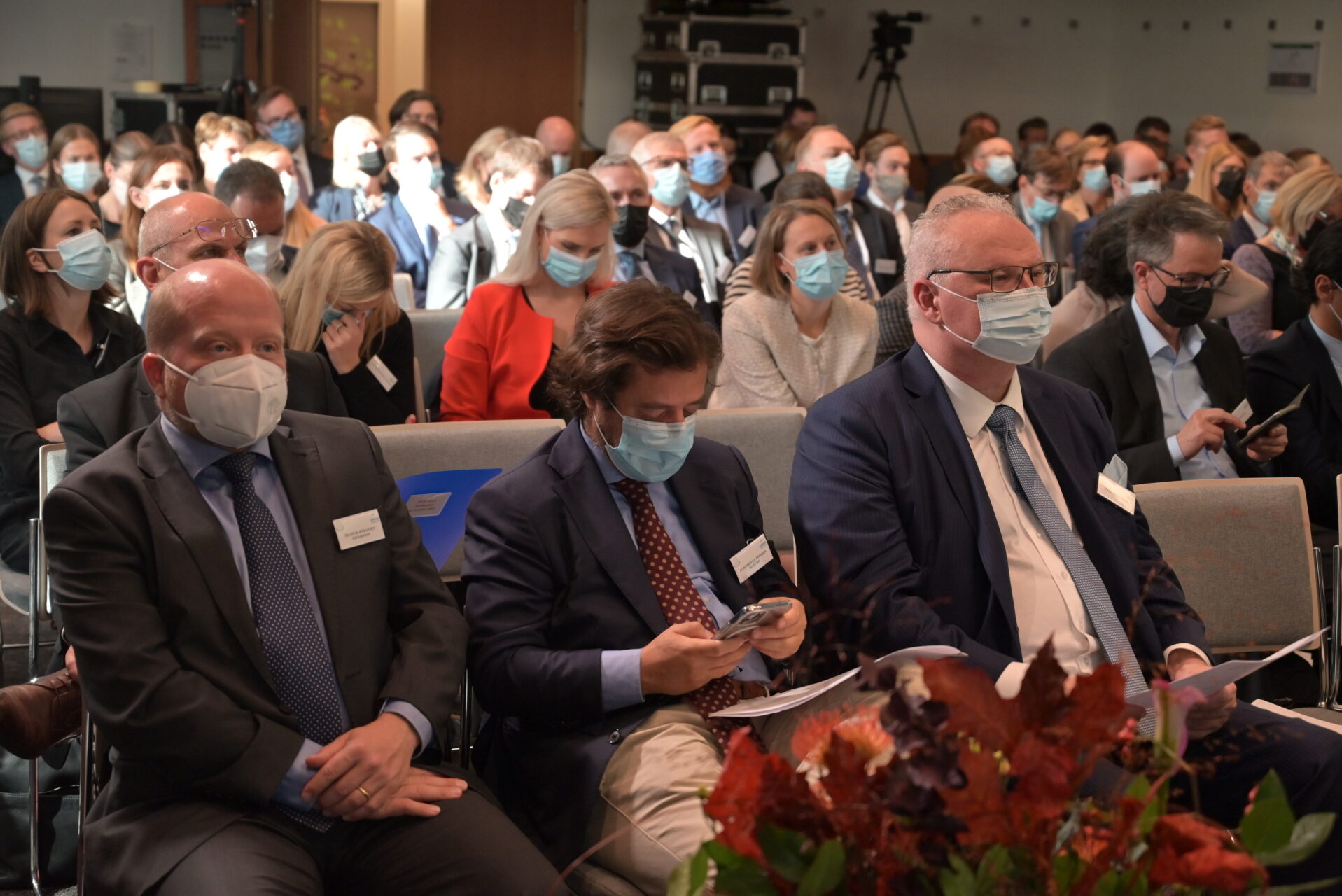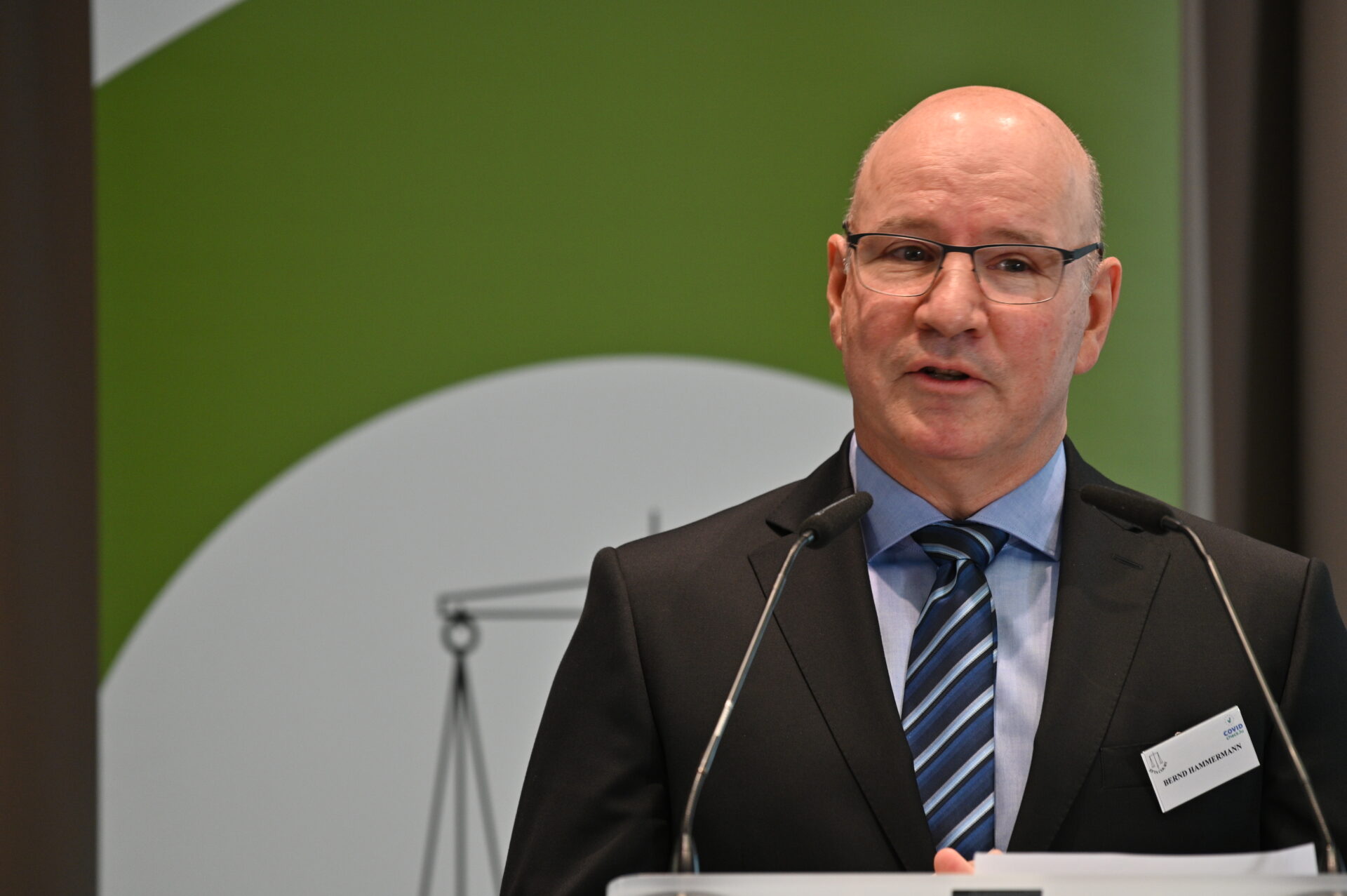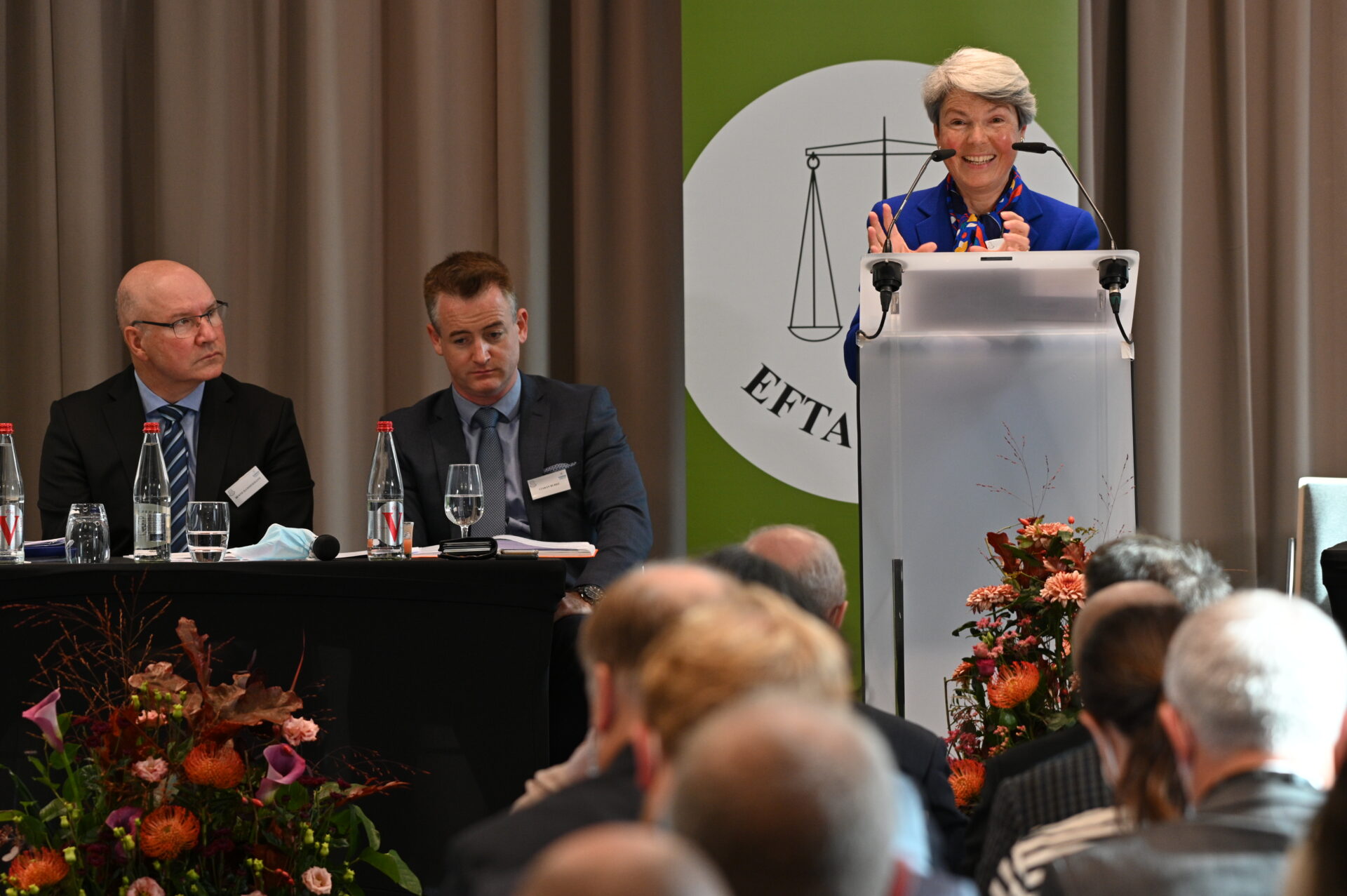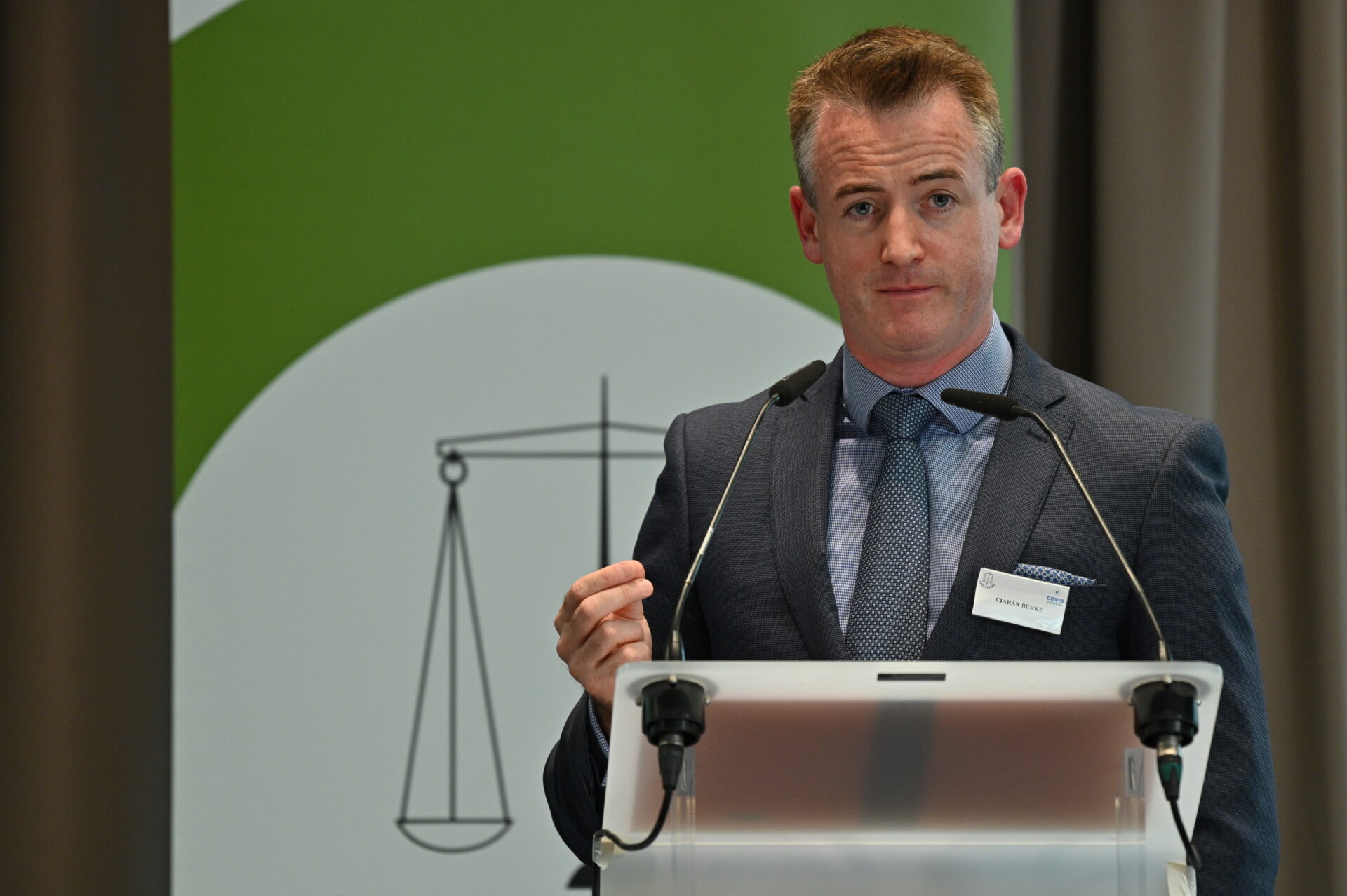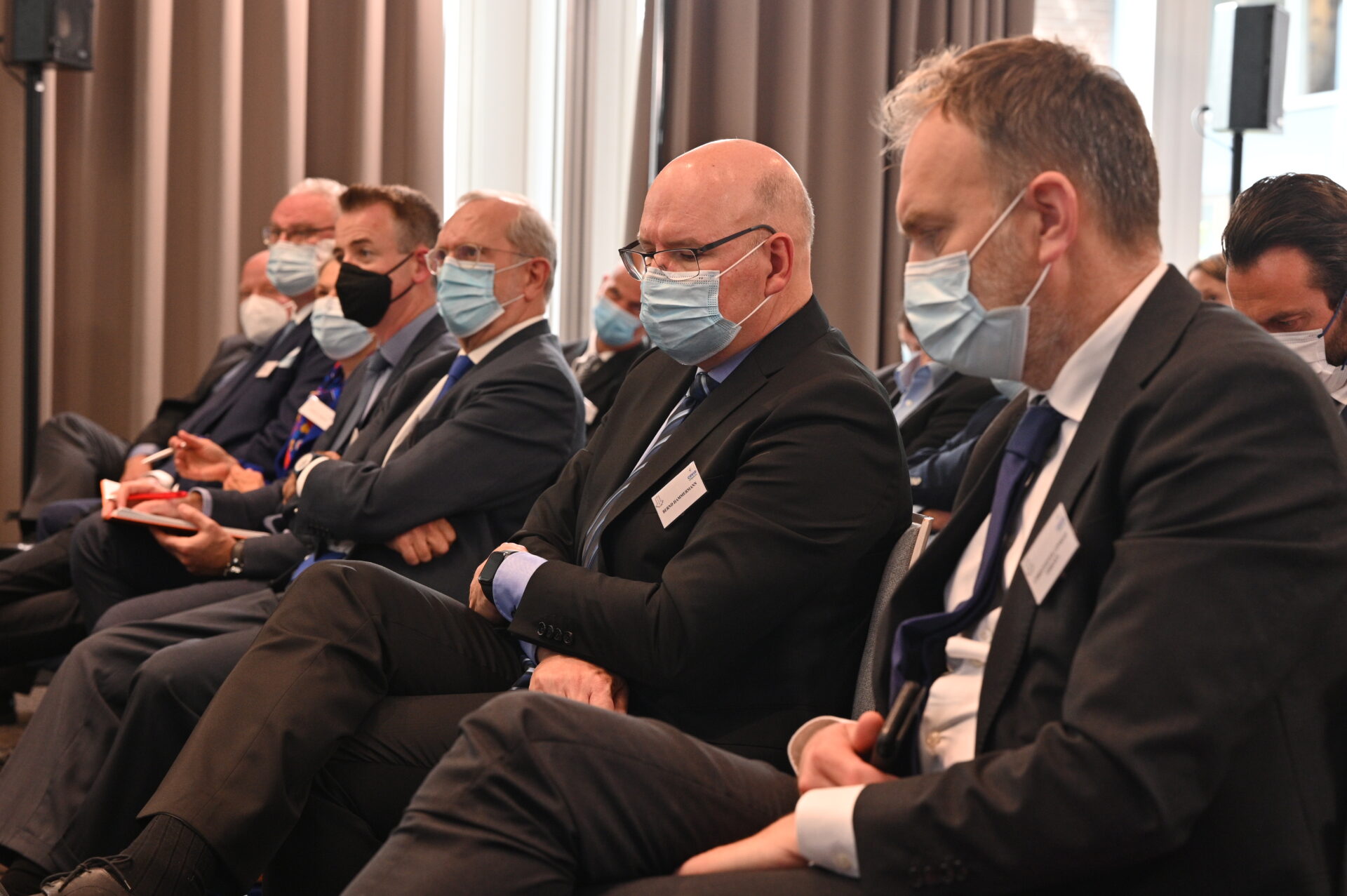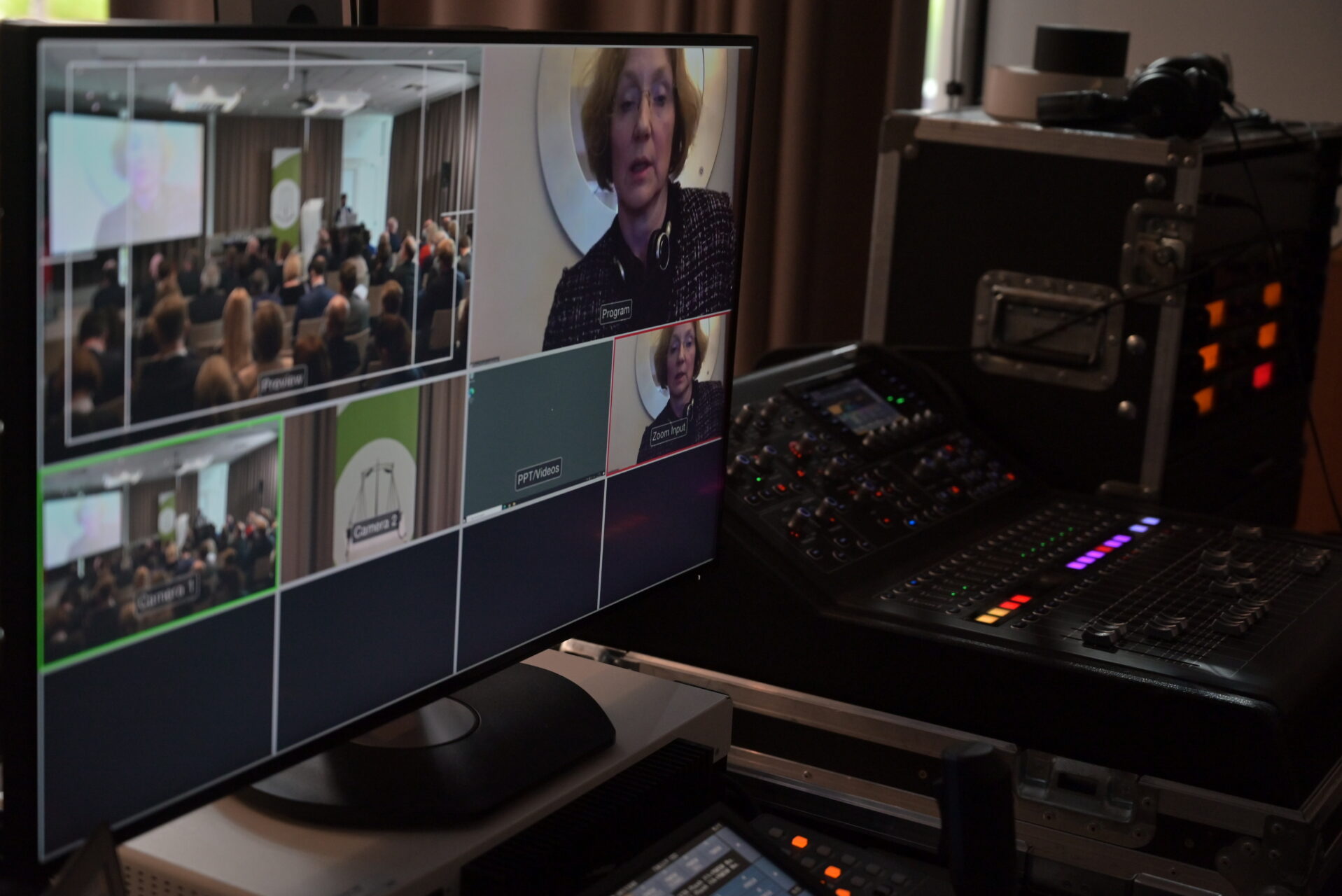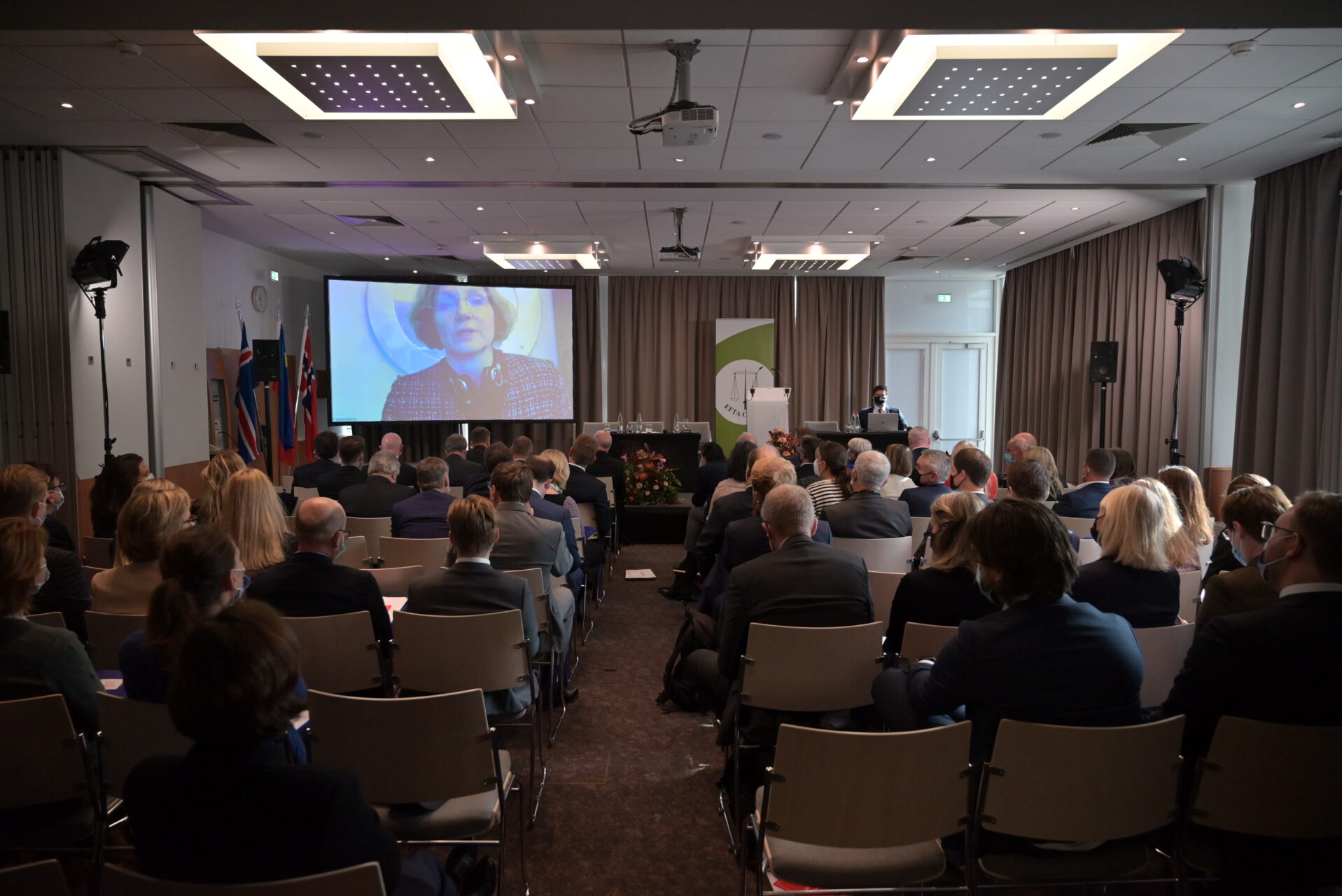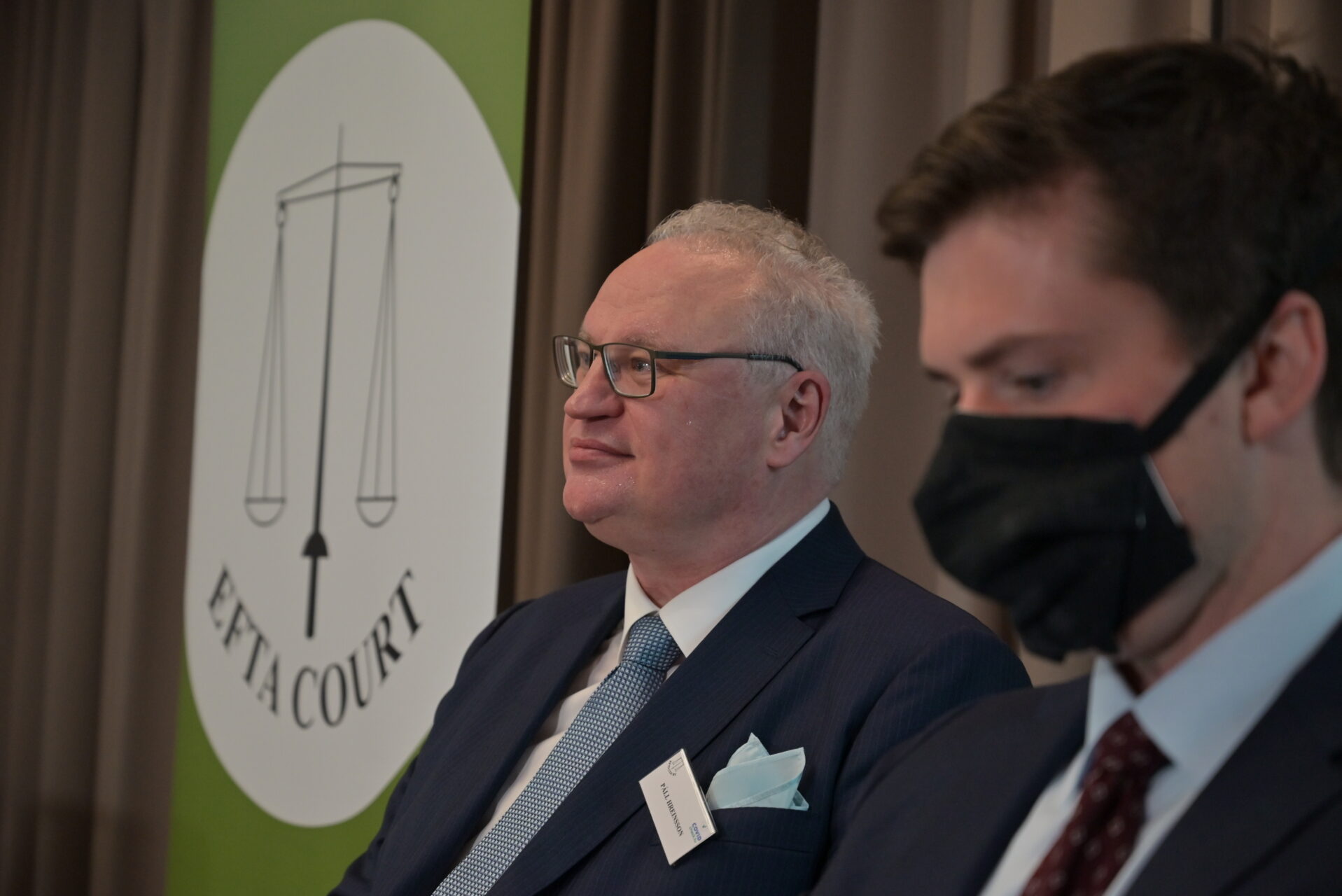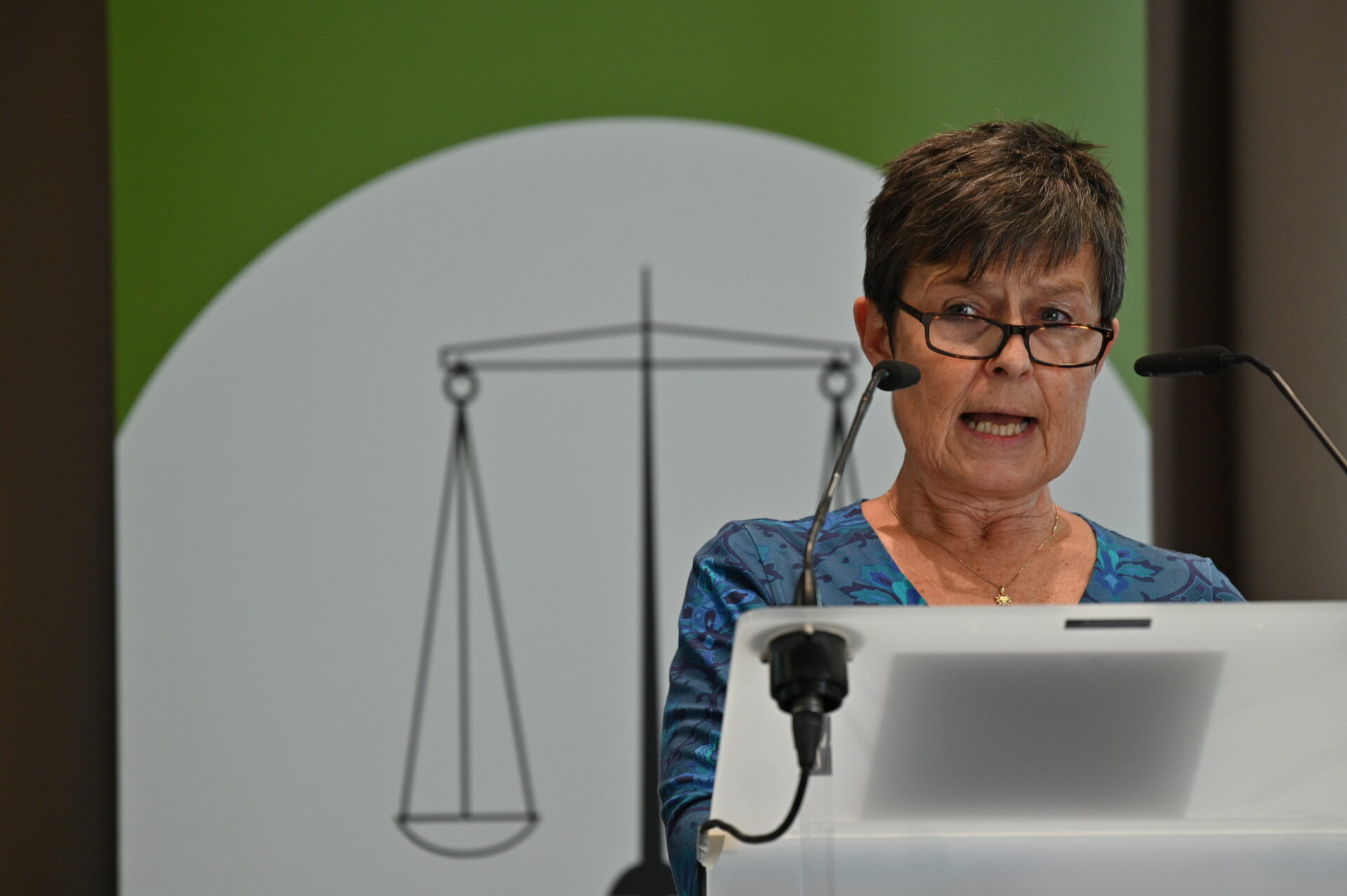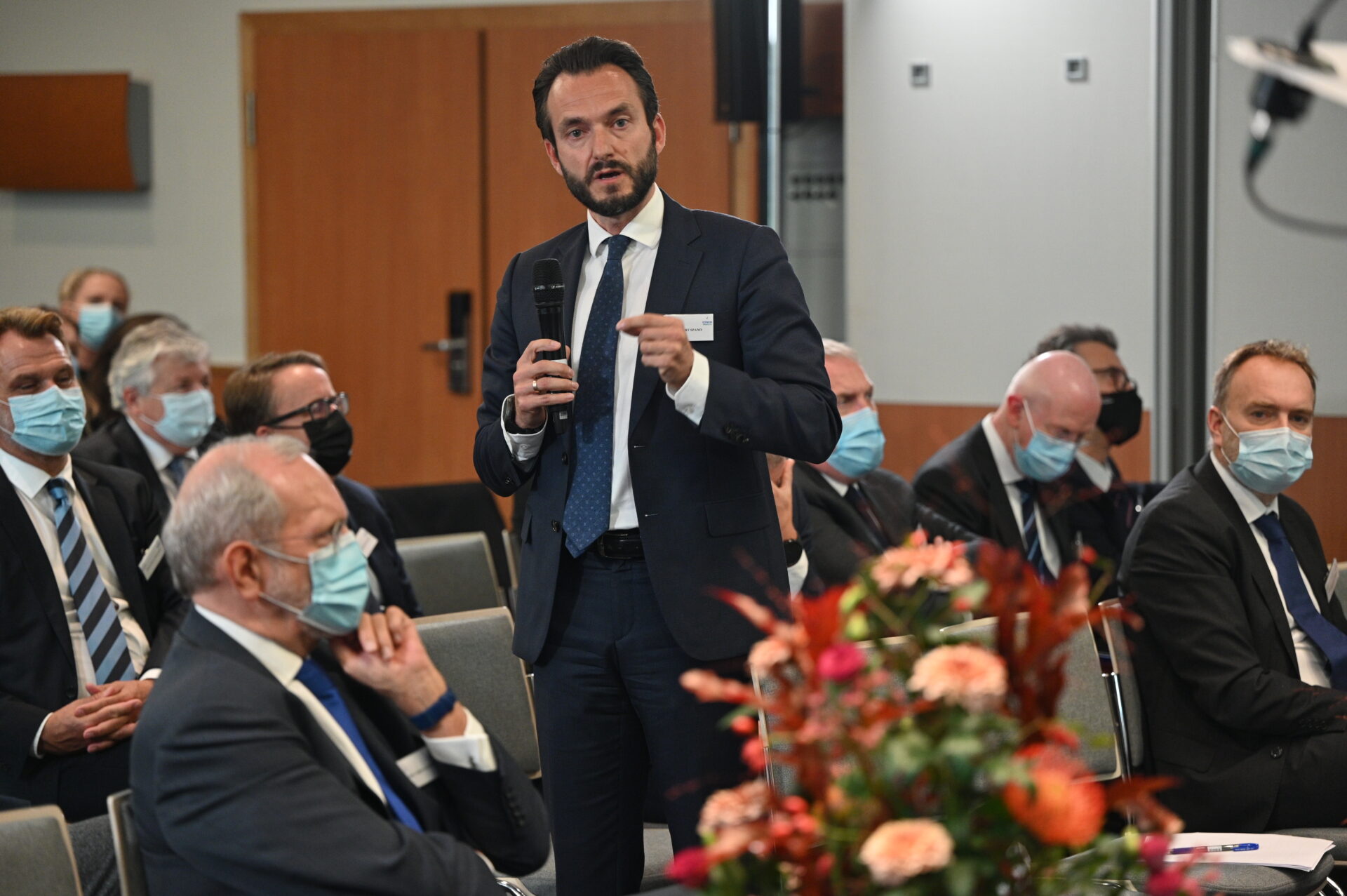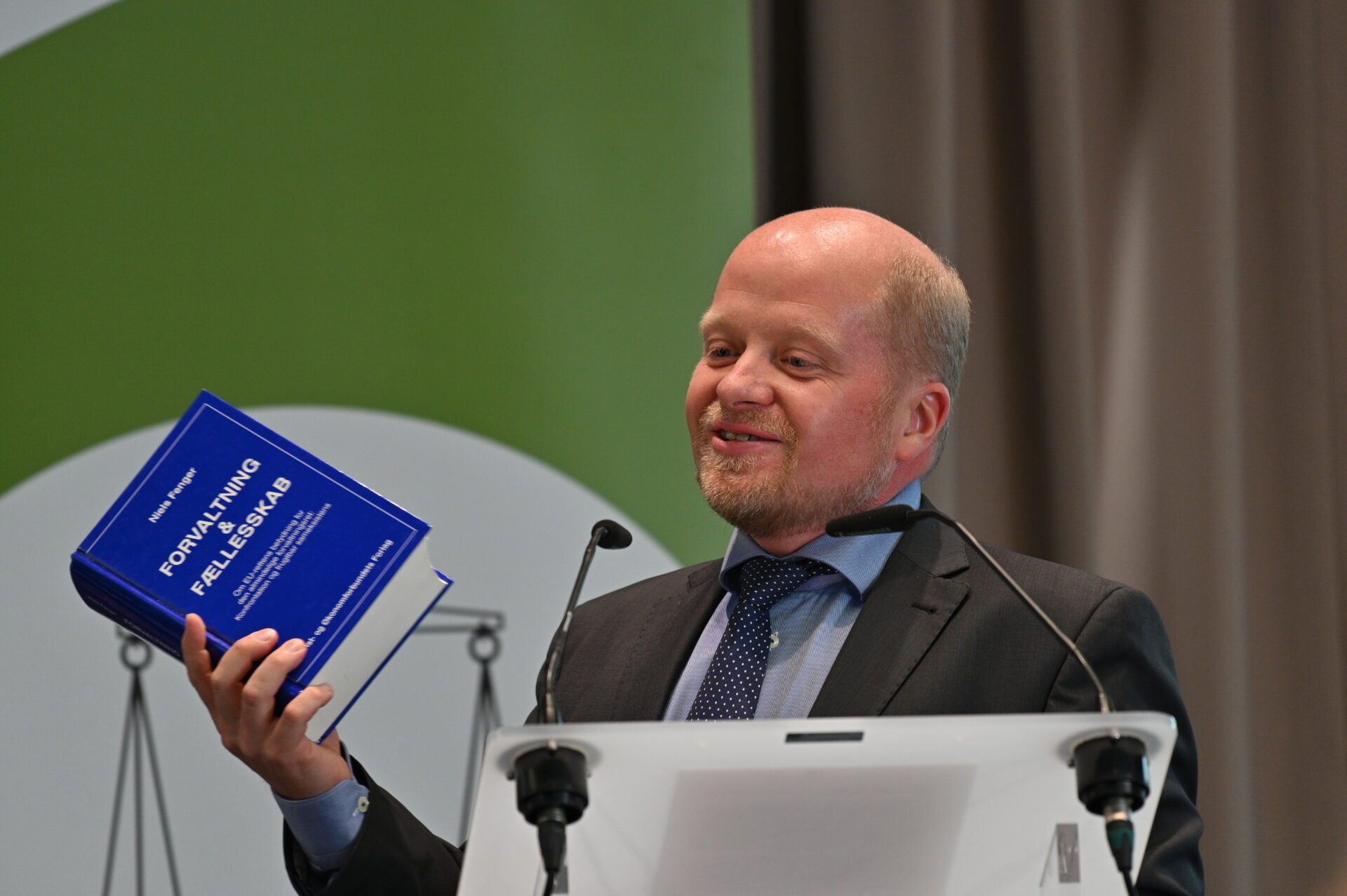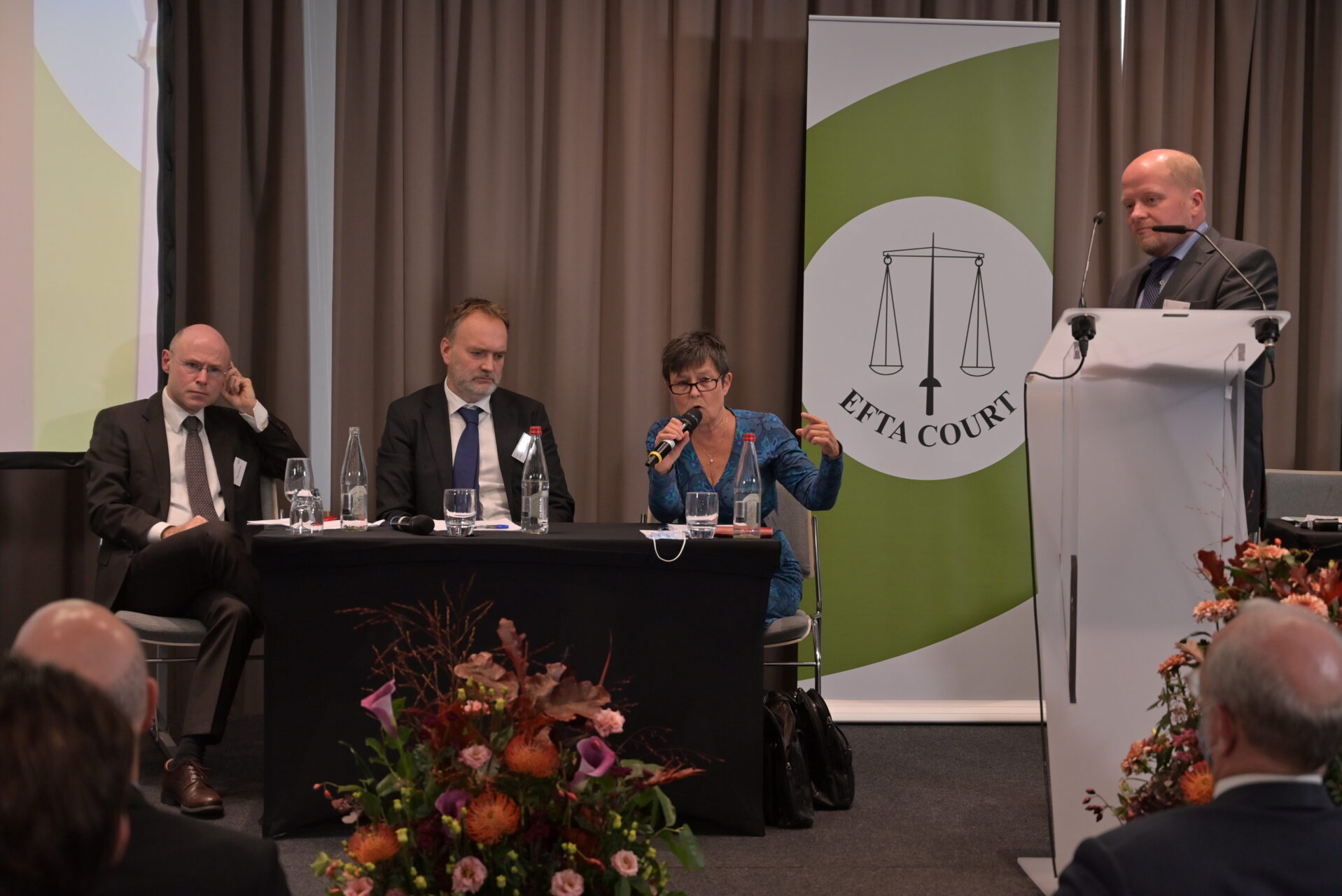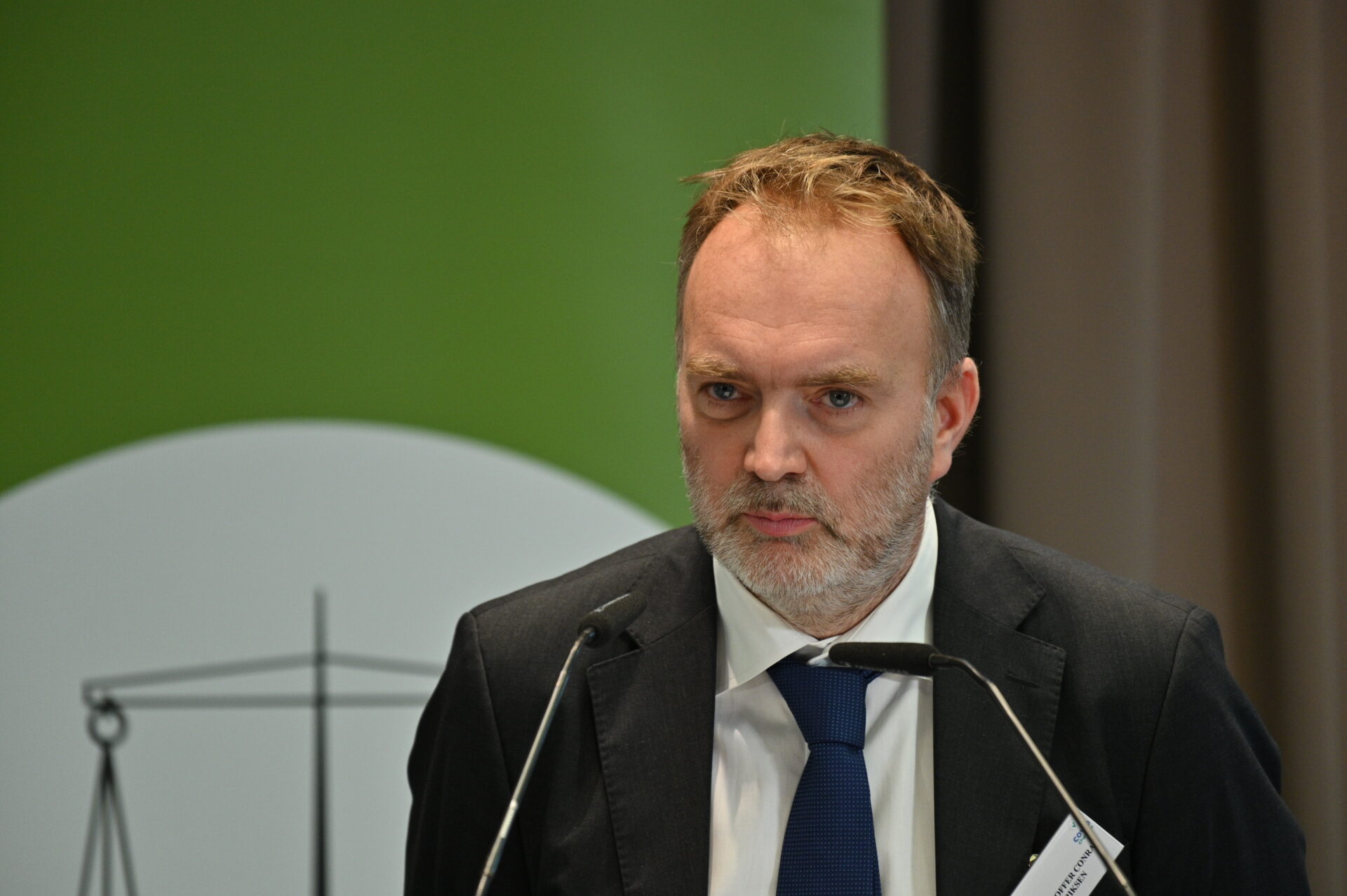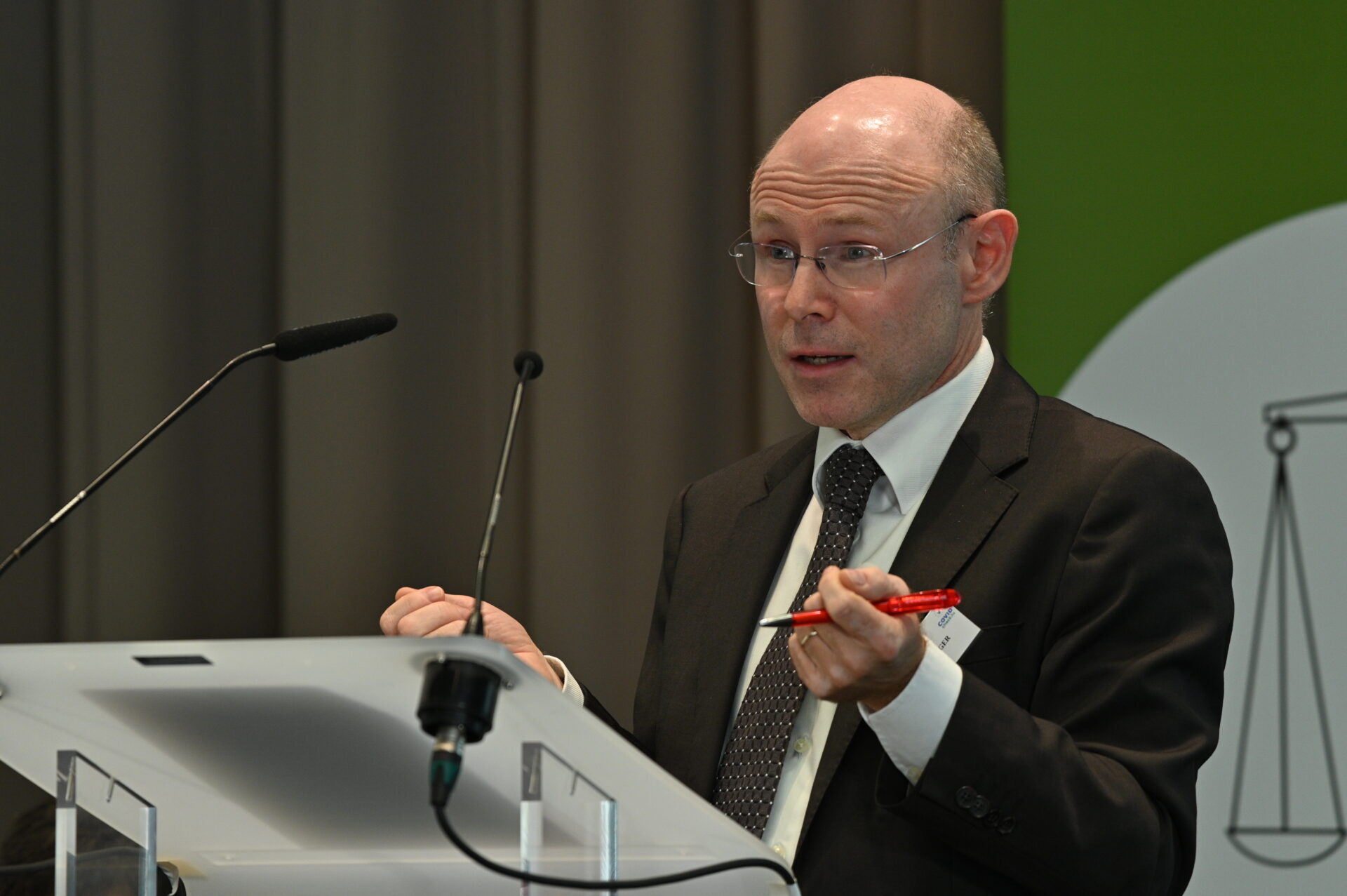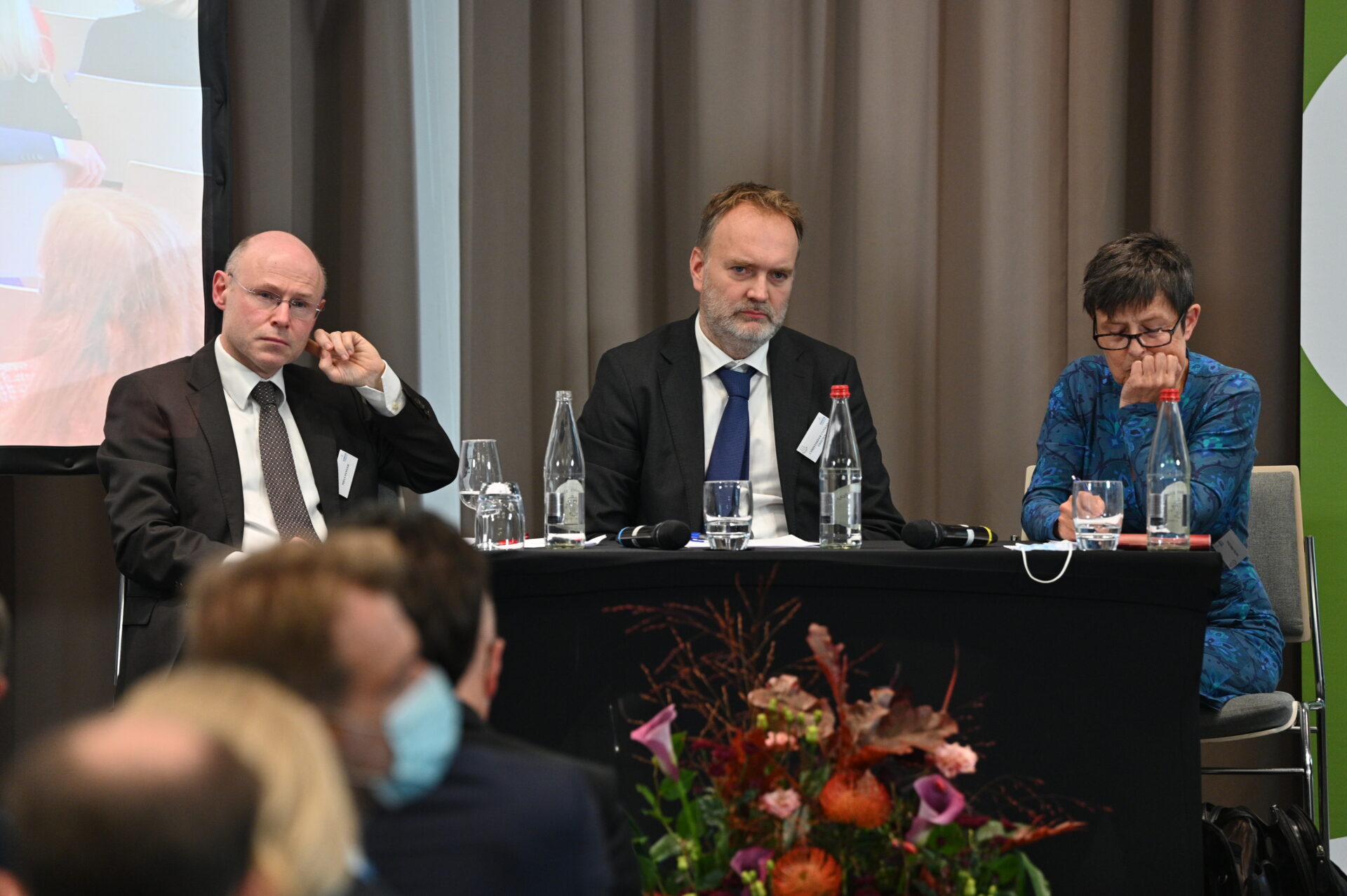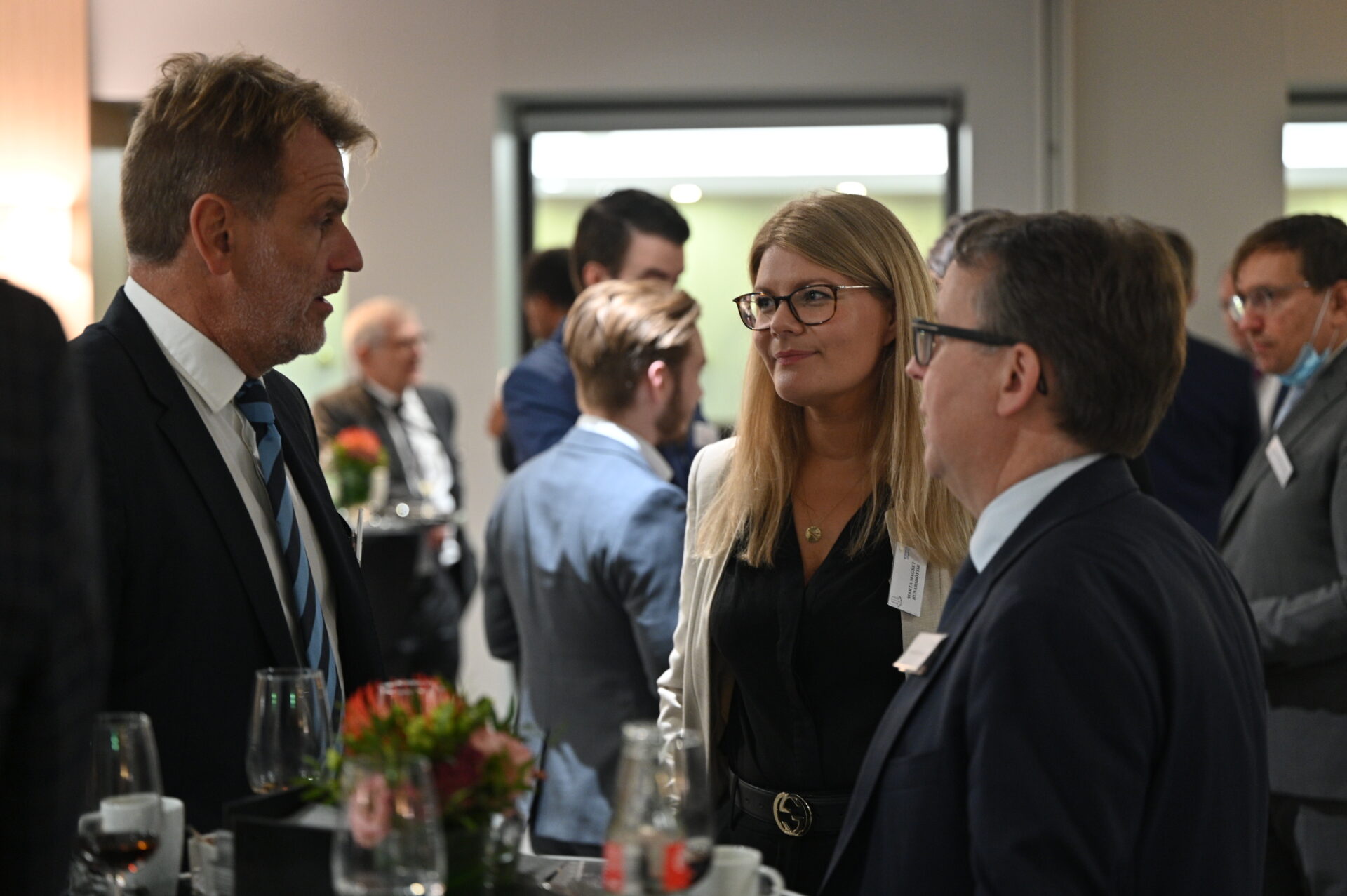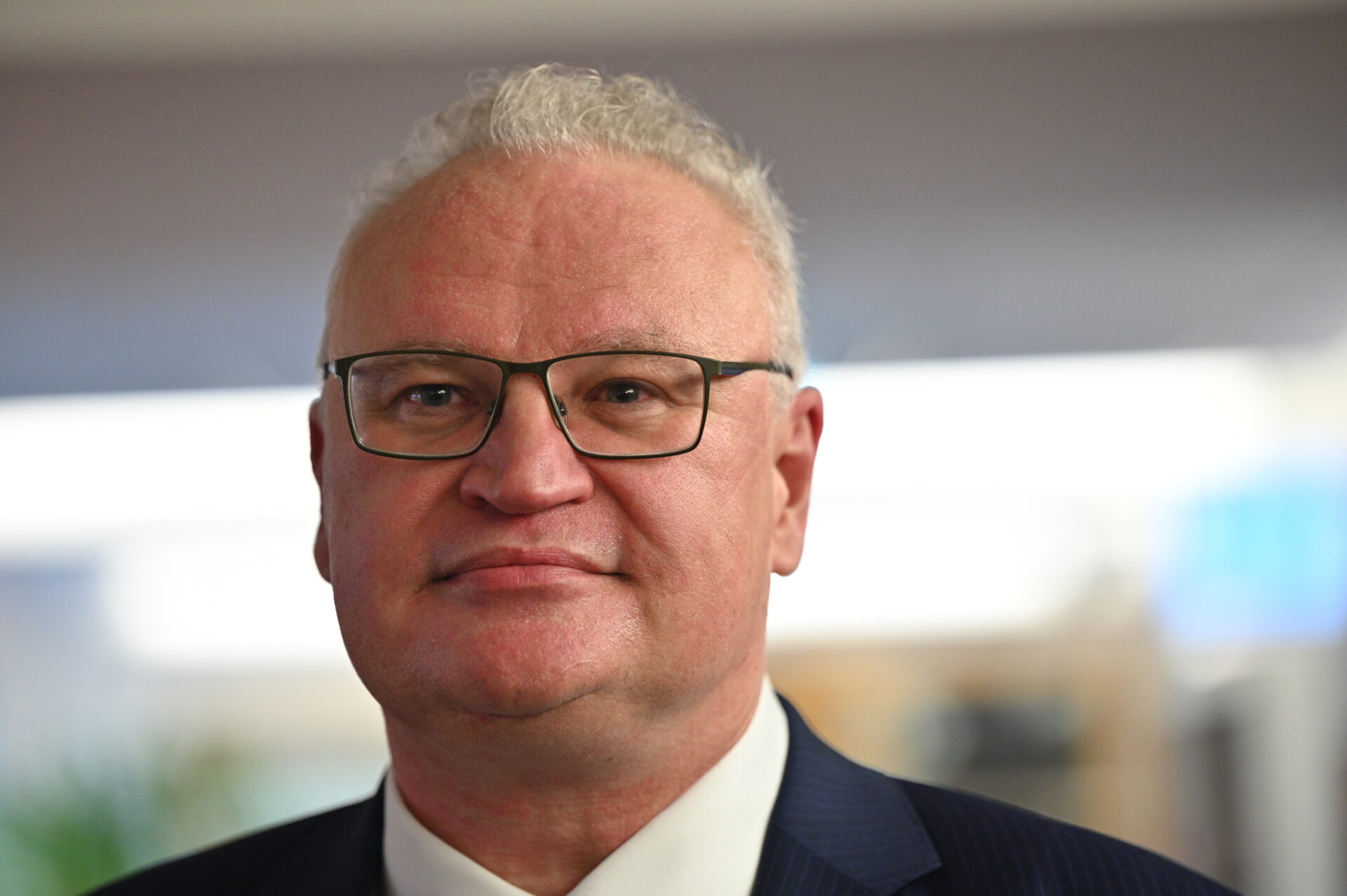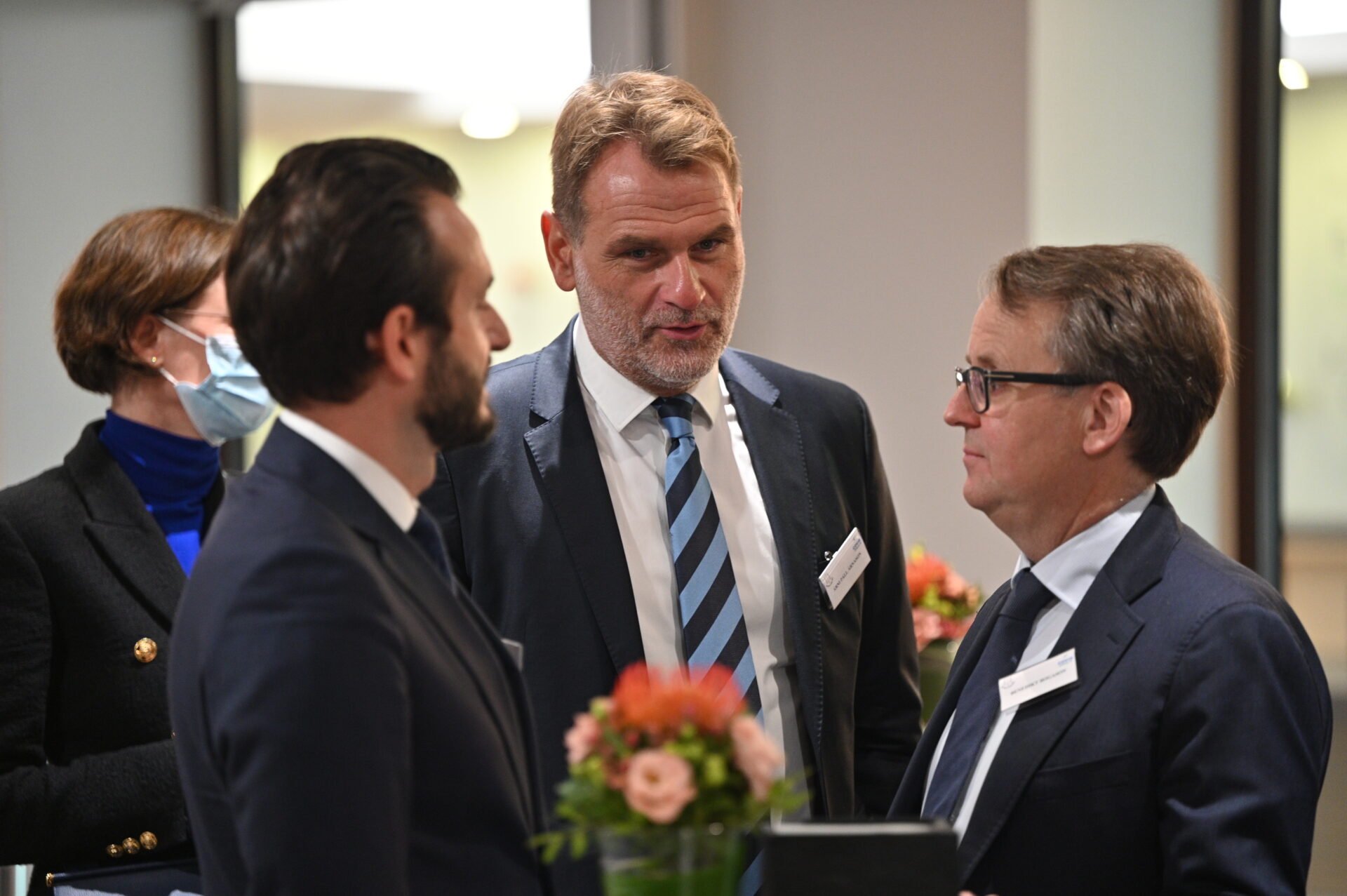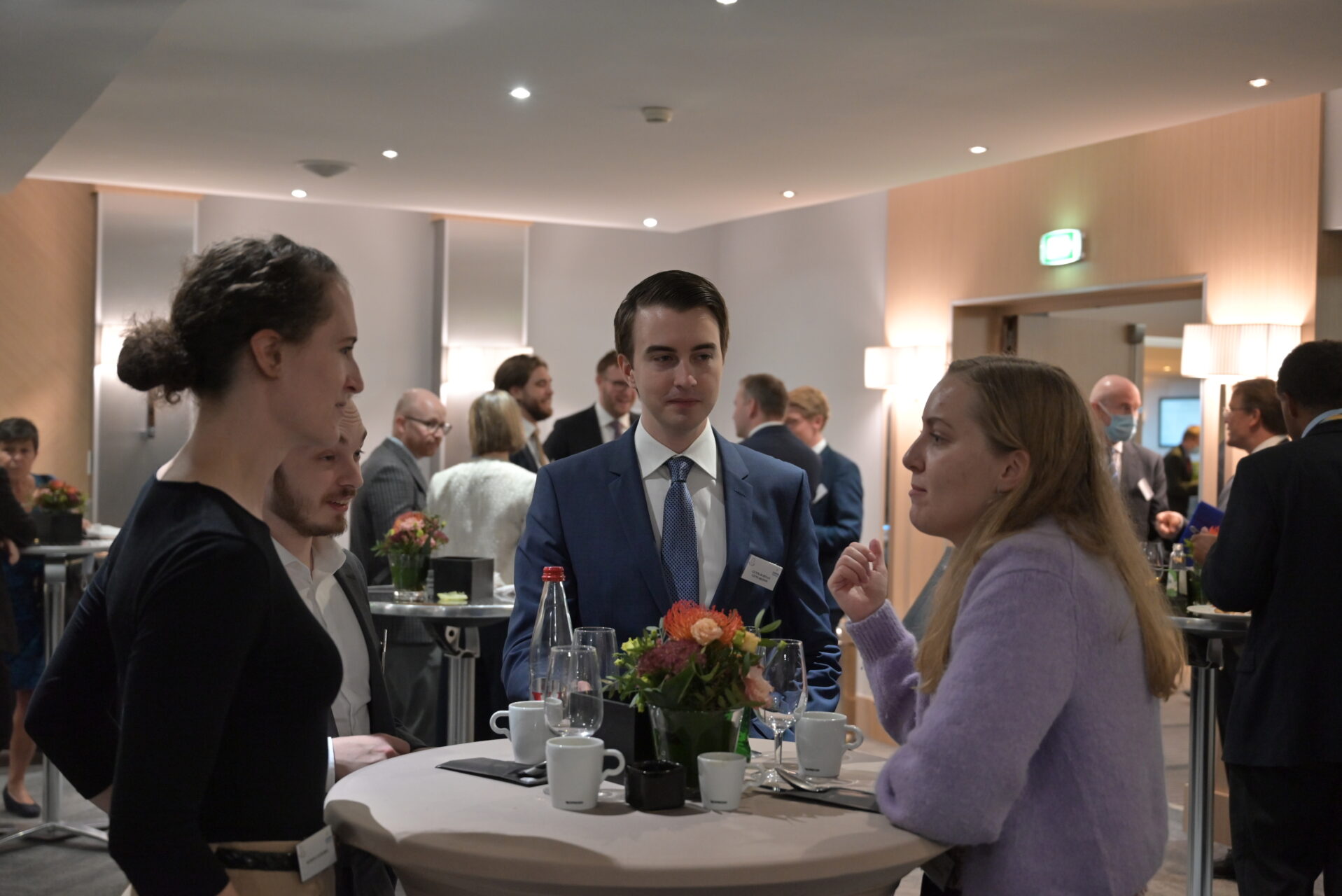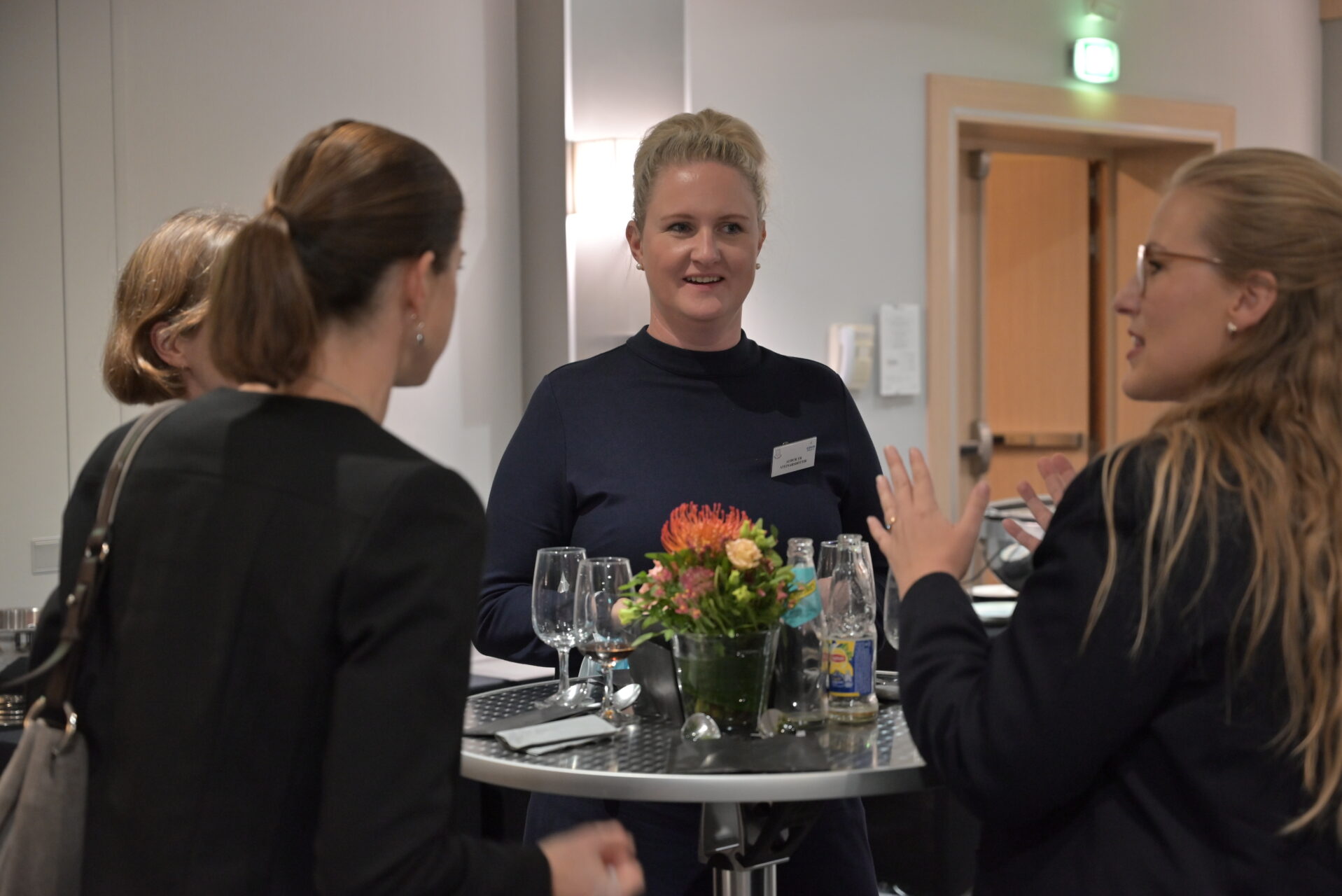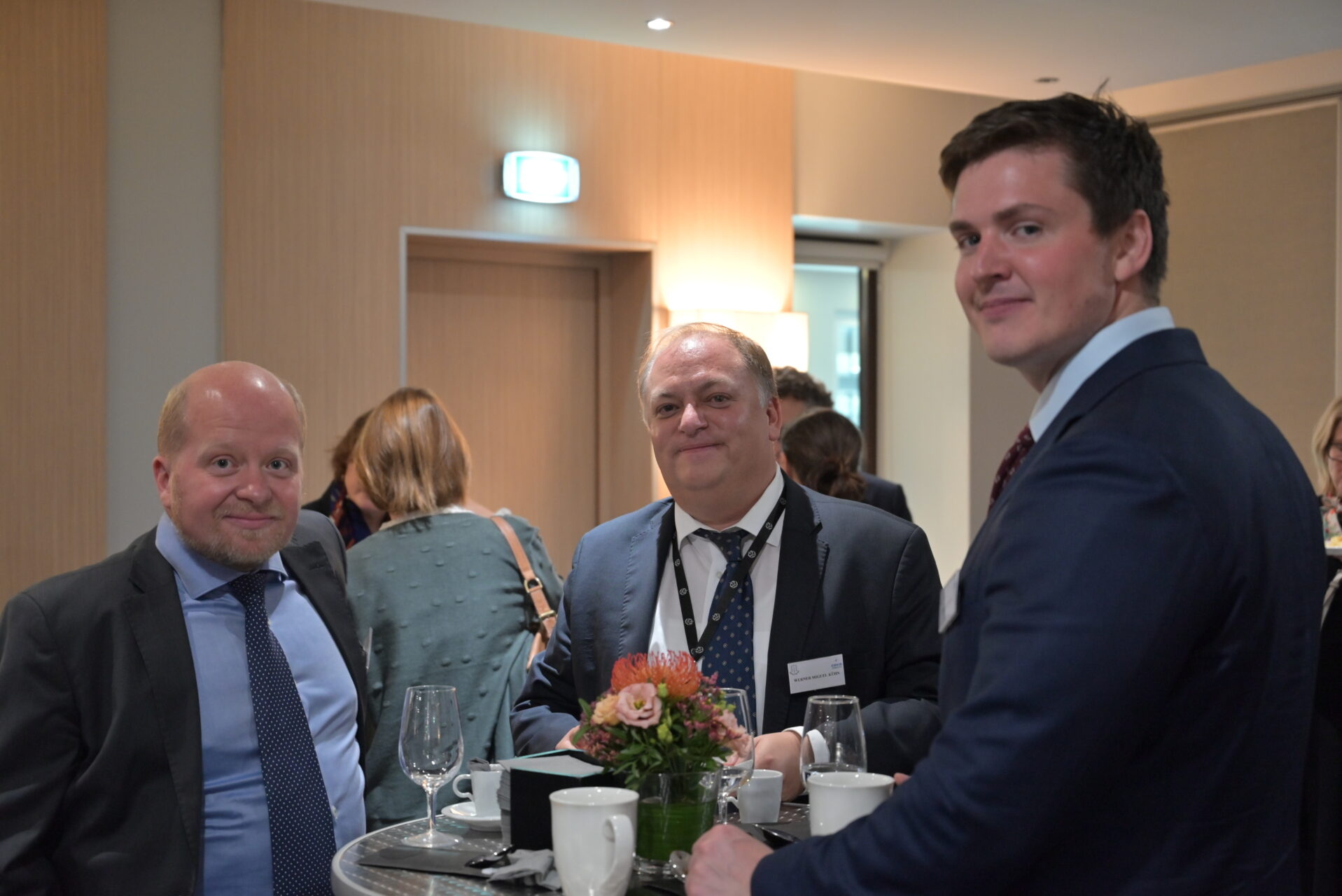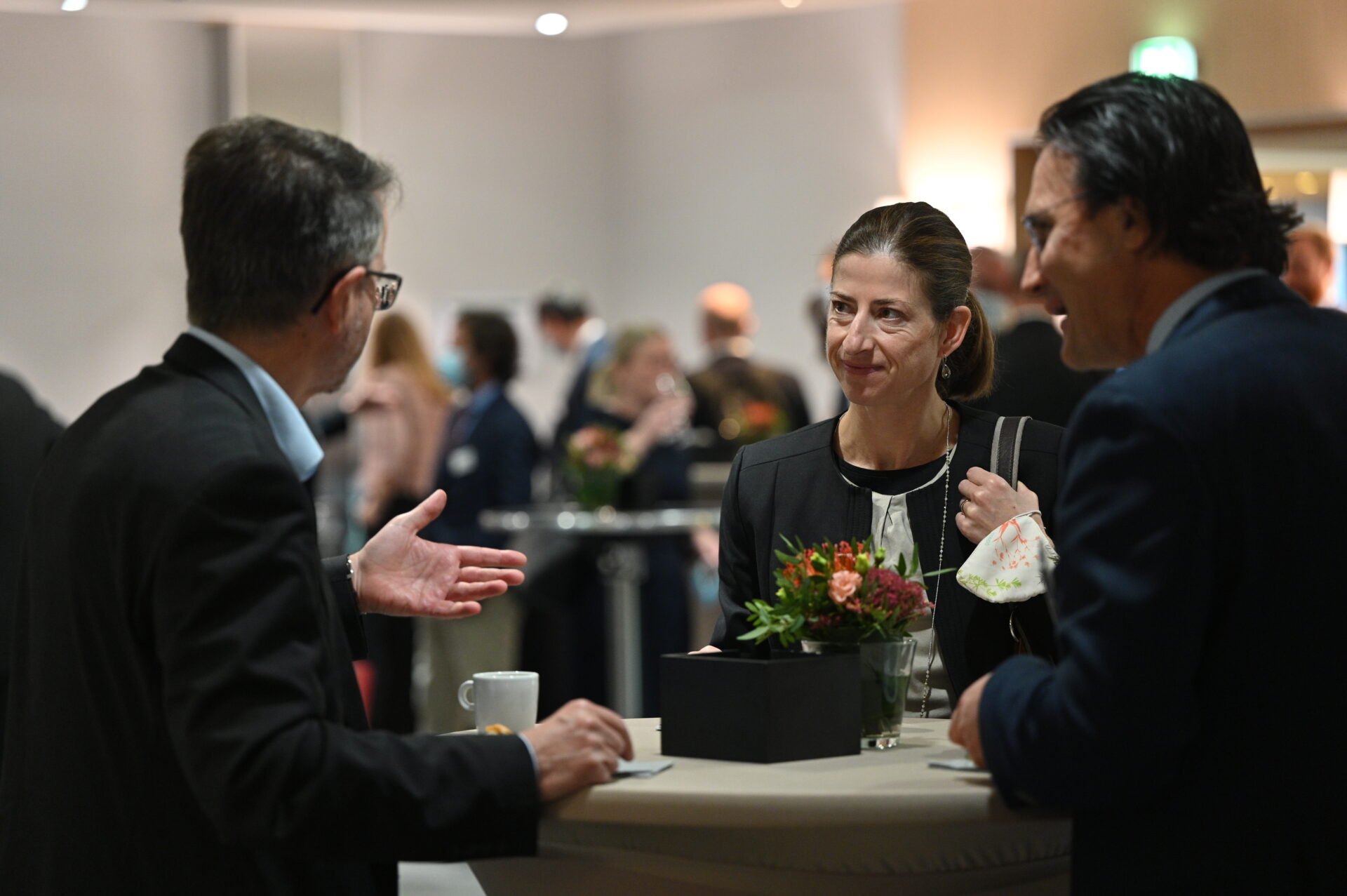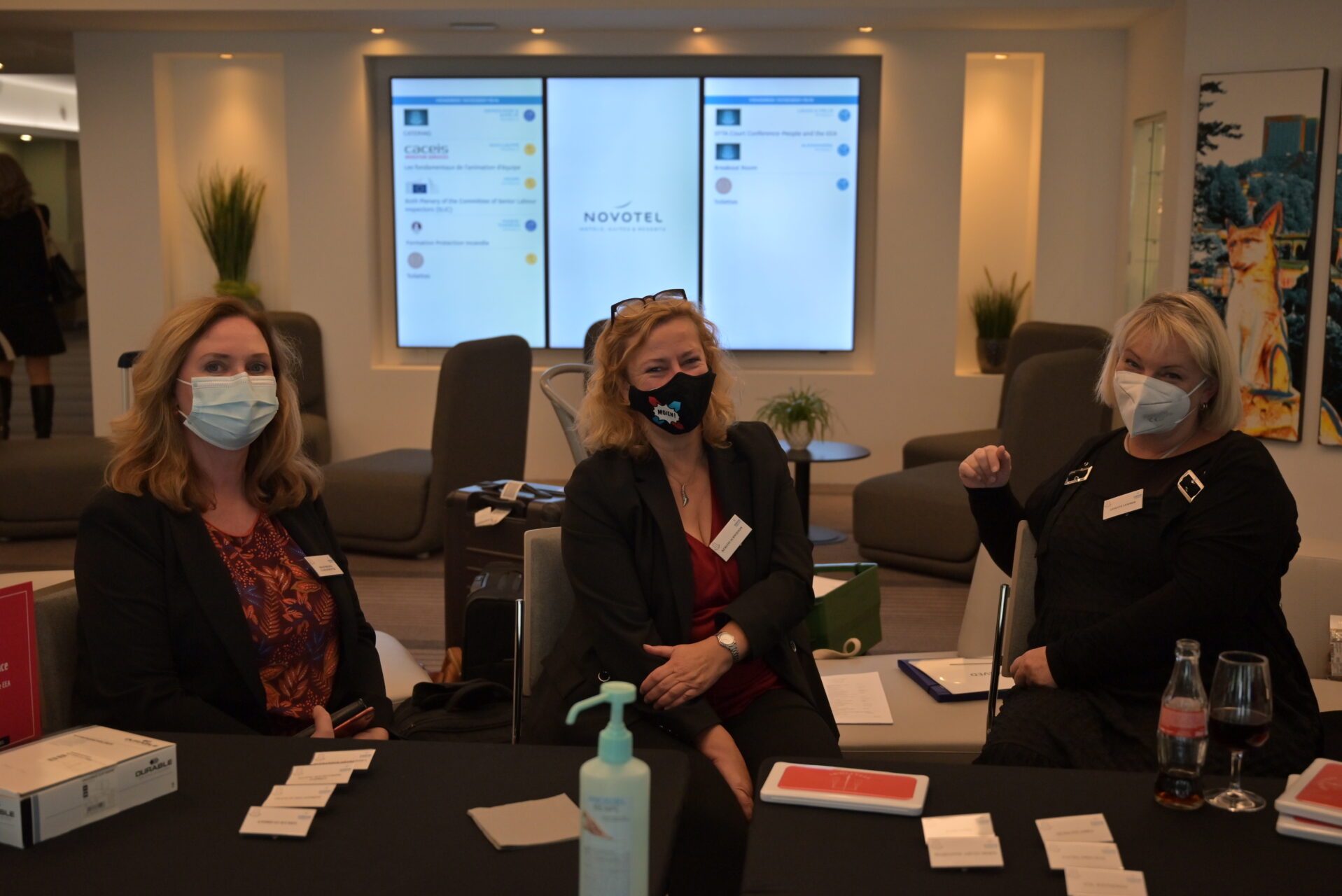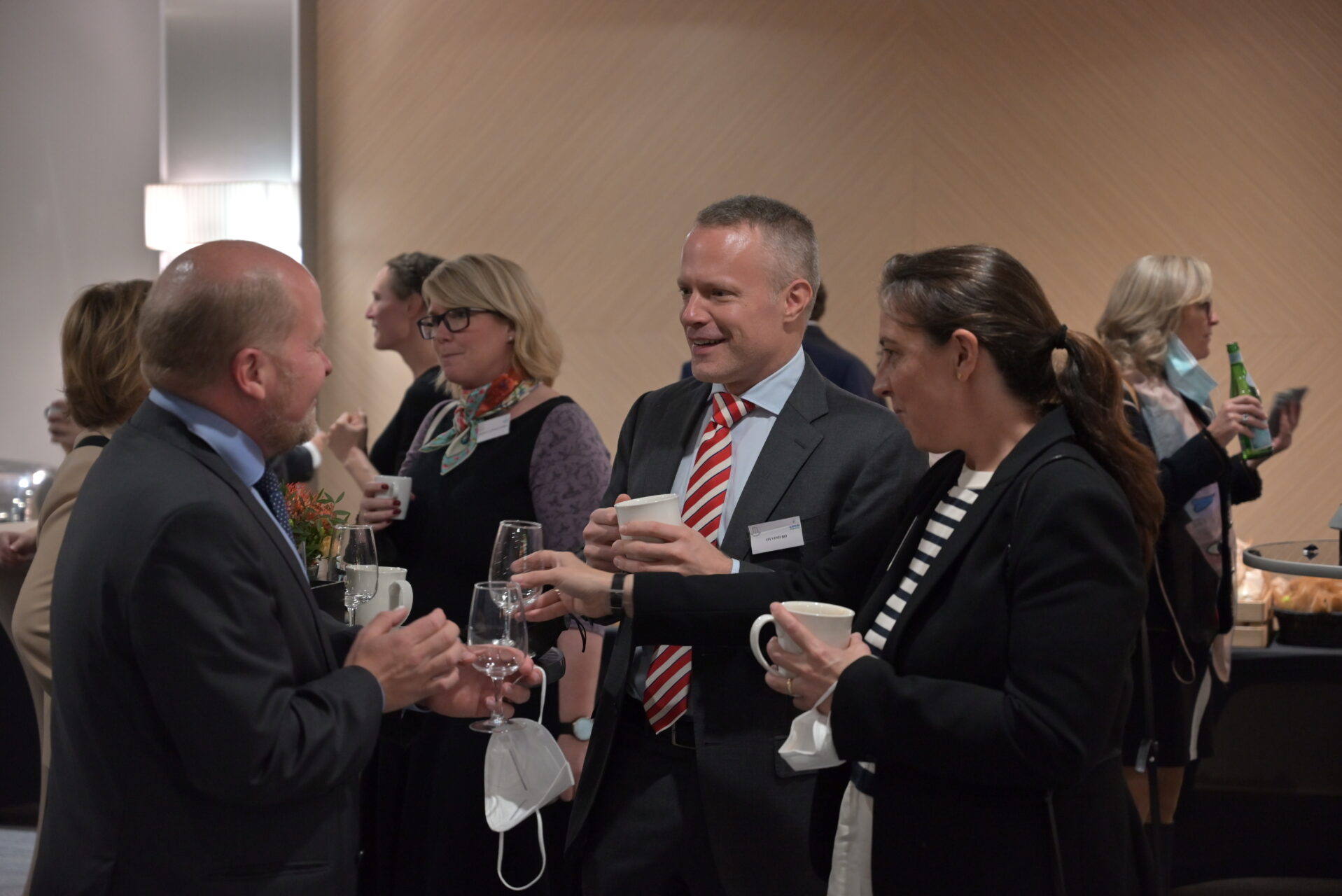On Friday 15 October 2021, the EFTA Court held its annual Conference on the topic “People and the EEA”, at the Novotel Luxembourg Kirchberg. The conference was also streamed via the Court´s website.
The conference was attended in person by more than 100 participants, including members of EFTA States’ supreme courts, the European Court of Justice, the European Court of Human Rights, and of other EU institutions, ambassadors, civil servants, practitioners and academics. The conference was also streamed via the EFTA Court´s website and via Zoom link with around 80 participants following the conference in that manner.
Following President Páll Hreinsson’s introductory welcome speech, the keynote speaker, Professor Miguel Poiares Maduro, gave his speech “The Rescue of European Democracy” on challenges to democracy and how they can be addressed by EU law. It was very well received and was followed by questions and interesting comments from conference guests.
The morning session, moderated by Judge Bernd Hammermann of the EFTA Court, focused on “Free movement of persons in the EEA”, started with Professor Christa Tobler discussing free movement of persons beyond EU law, with a particular focus on the EEA, comparing the different degrees of regulation on free movement of persons by the Ankara Agreement, EU-Swiss Agreement on the Free Movement of Persons, the European Economic Area and European Union. The subject of diverging visions for the EEA as a guarantor of individual rights was addressed by Professor Ciarán Burke, where he contemplated the potential consequences of the I.N. case of the Court of Justice of the EU (C-897/19 PPU) and the Norwegian Confederation of Trade Unions case of the European Court of Human Rights (Application no. 45487/17) and whether these two courts were going in different directions when it comes to including the EEA Agreement within and alongside the EU legal order. This was followed by an impassioned intervention by President Robert Spano of the European Court of Human Rights, seeking to convince the EFTA Court and the conference guests that the ECHR paid due attention to and was very respectful of the EEA legal order.
To close the morning session, Dóra Guðmundsdóttir, Senior Lawyer at the UK Government Legal Department, discussed the privilege of being a citizen, comparing the rights of EU/EEA citizens and citizens with settled status in the United Kingdom following its EU exit. The session ended with questions and comments from the conference participants and a continued discussion with the speakers of the morning session.
The afternoon session, moderated by Ólafur Jóhannes Einarsson, the Registrar of the EFTA Court, concentrated on EEA law and national administrative law. The opening speech was by Professor Sacha Prechal, Judge at the Court of Justice of the European Union, discussing the influence of Union law on national administrative law. The speech by Professor Niels Fenger, the Danish Parliamentary Ombudsman, discussed the subject matter of the challenges the influences of Union law bring into day-to-day national administration, and the way in which national administrative law changes because of EU law and EEA law. Professor Christoffer Conrad Eriksen completed the afternoon talks. He went through the NAV-saga, which he referred to as the “social security scandal”, in which thousands of recipients had lost their social security benefits when temporarily staying in another EEA State. Under the title “Living on the edge”, he asked how EEA-law could have been disregarded by both the Norwegian Labour and Welfare Administration (NAV) and by Norwegian Courts for such a long period of time.
The addresses of the speakers were followed by a panel where the conference participants had the opportunity to engage in discussion with the speakers of the afternoon session or to ask them questions. This spurred some interesting and thought-provoking debate and discussion.
The Registrar of the EFTA Court closed the conference by thanking the speakers for their contribution and for sharing their insight and the audience and participants for their interesting questions and comments. The conference was followed by a reception.


